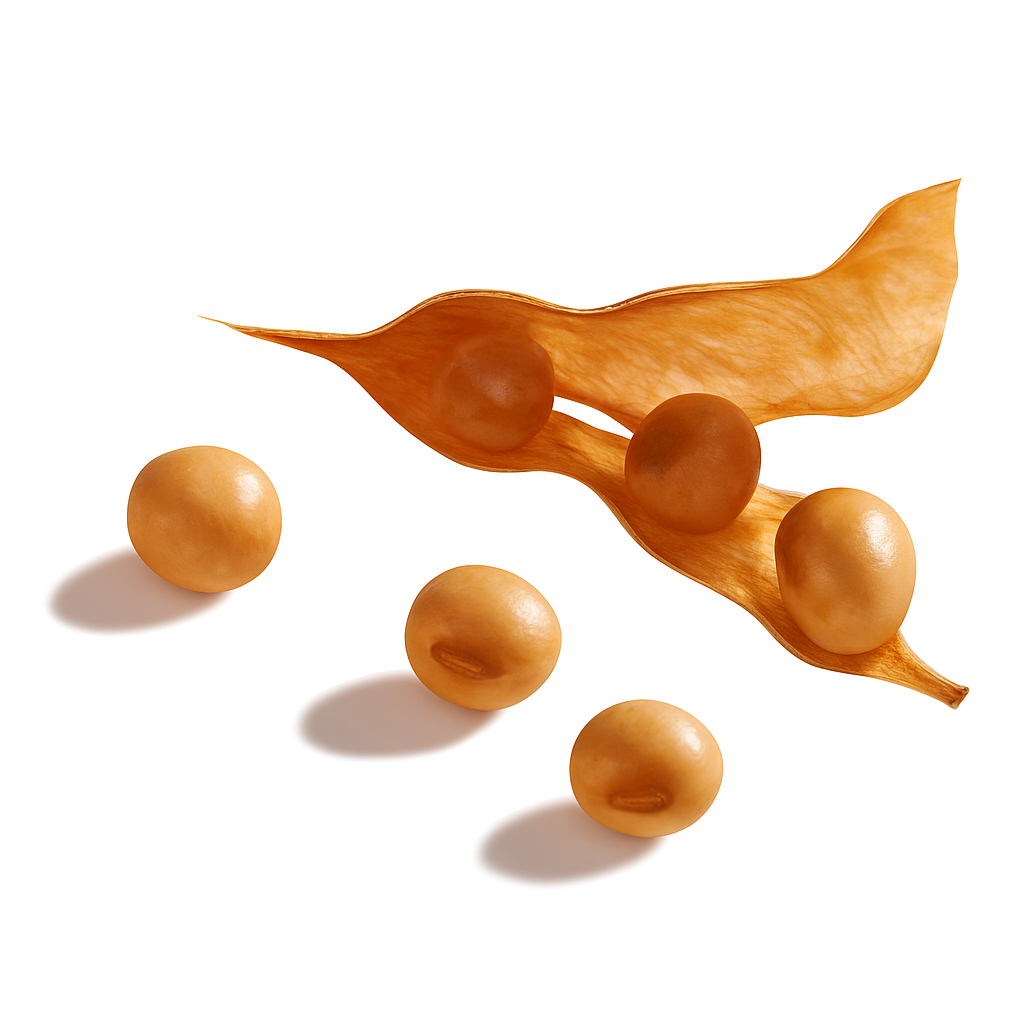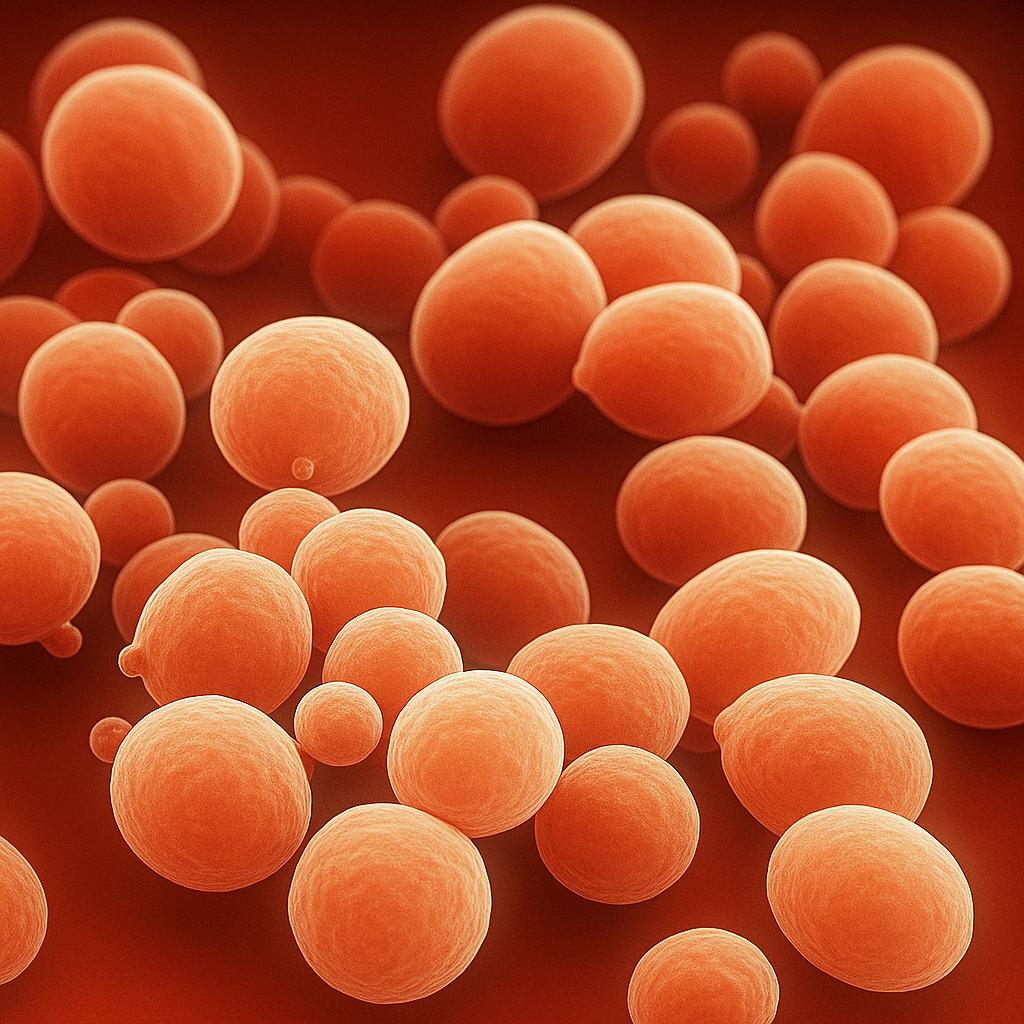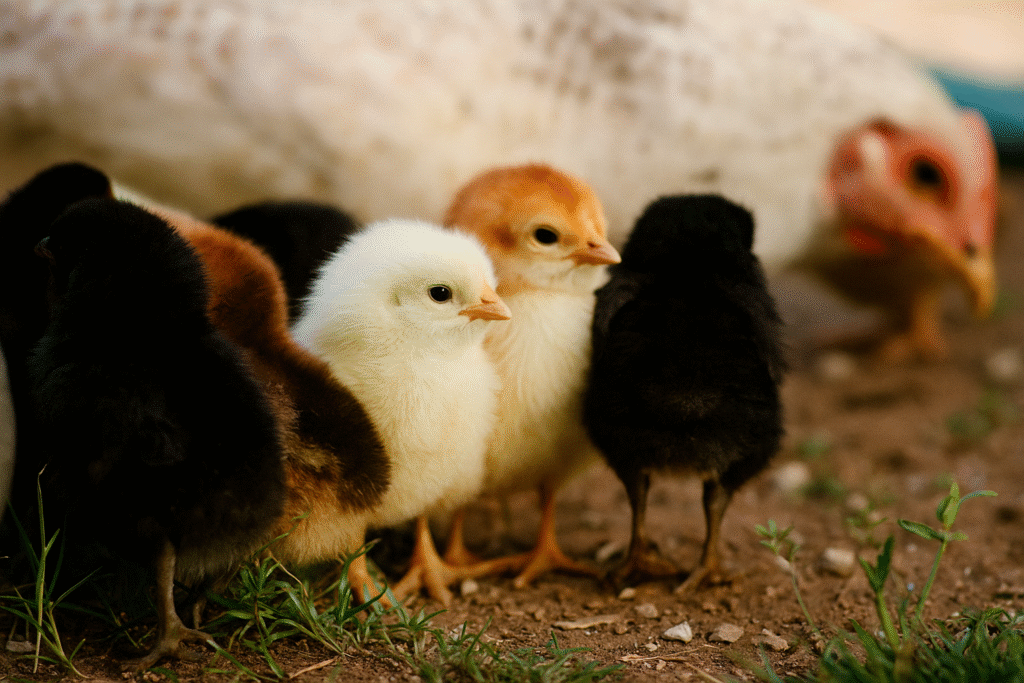Soybean round unleavened flat cake
Soybean round unleavened flat cake (Biopro 60) is manufactured out of healthy, pilled soybeans by a particular hydrothermal treatment, within which an oil is extracted out. The phase of pressing and mincing leads to break down of large polysaccharide molecules, which makes Biopro 62 easier digestible and available to animal digestive tract. Hydrothermal treatment of soy been provides product of high nutritious and biological value deactivates anti nutritious factors without a use of chemical reagents, by which proteins utilization level is improved. Biopro 60 represents specific source of proteins, essential amino acids, soybean oil, lecithin minerals and vitamins soluble in fats. Biopro 60 is used as protein and energy food in nutrition of young animals and animals in growth.


EKOFISH MEAL Herbal replacement for fish meal
EKOFISH MEAL is a herbal replacement for fish meal, composed of domestic feeds of known origin and verified quality (products based on thermally processed soybean, herbal protein, yeast, fat, refined oil, minerals, vitamins and other ingredients) The aim of producing a fish meal replacement is to achieve a protein-rich and high quality herbal product that changes the nutritive characteristics of fish meal, thus avoiding all its negative components. Ekofish meal is a very tasty and easy digestible feed, which represent a unique source of protein, essential amino acids, soybean oil, lecithin, minerals and vitamins soluble in fat. It is produced using modern technological equipment that at enables an output of hygienically correct and health-safe feed.
BP ENERGY Emulsifiers
BP Energy – BP Energy is emulsifier produced by homogeneous mixing of soybean proteins, stabilizers and condensates. Besides its extreme nutritious value, it possesses extreme functionality due to which it represents an economic alternative compared to soybean isolates and functional concentrates, which replaces in the system of emulsification 1: 1. BP- Energy is successfully used as an emulsifier in making various meat products in quantity 2-3% and it is added in dry conditions into cutter or mixer and has a capacity of emulsion – 1: 7: 7. By the use of BP Energy emulgator the structure, juiciness and carving of product. And in consideration that the same is resistant to various influences, which are connected with meat processing technology (salt, pH, thermal treatment, etc.) it may be used without deviation of existing manufacturing process.


Yeast Protein Feed Biokvas 45
Animal Feeds
Although almost any crop residue can be fed to livestock, the residues of maize, sugar cane, grain sorghum, soybean, wheat and vegetables are usually utilised in animal feeding.
The animal feed industry is an important client and role player in the grain value chain. Around 4 million tons of grain and 1,2 million tons of oil cake (from imported and locally produced sunflower and soya beans) are used by the animal feed manufacturing industry in South Africa. At present the national feed industry is estimated to be approximately 8,6 million tons with a monetary value of over R700,000 million per annum.

The South African animal feed industry comprises two disparate groups – the formal and informal feed sectors. The formal manufacturing sector is represented by the Animal Feed Manufacturers Association (AFMA), and represents an estimated 60 percent of the country’s total feed production. The remaining 40 percent of the production is represented by the informal sector.
About 85 percent of the world’s soybeans are processed, or “crushed,” annually into soybean meal and oil. Approximately 98 percent of the soybean meal that is crushed is further processed into animal feed with the balance used to make soy flour and proteins. Of the oil fraction, 95 percent is consumed as edible oil; the rest is used for industrial products such as fatty acids, soaps and biodiesel.
Soy is one of the few plants that provides a complete protein as it contains all eight amino acids essential for human health.
